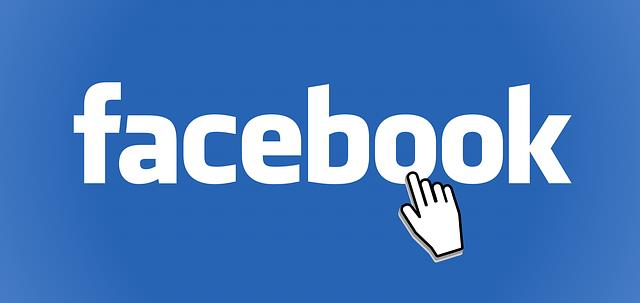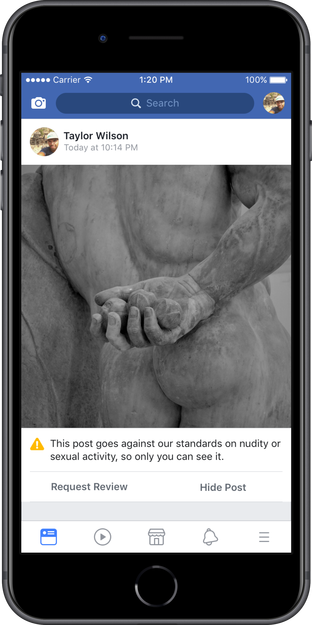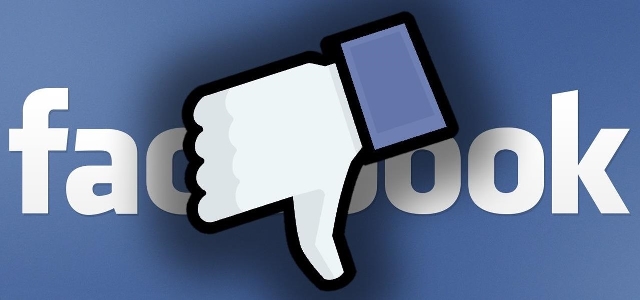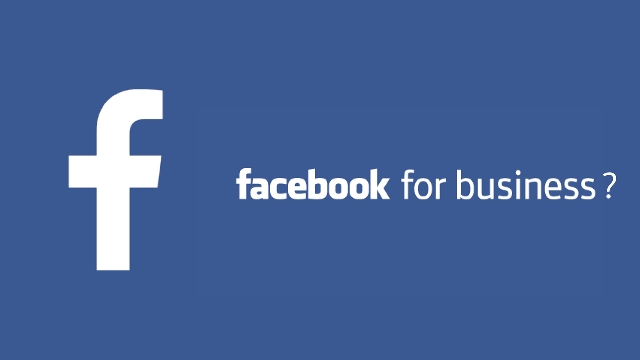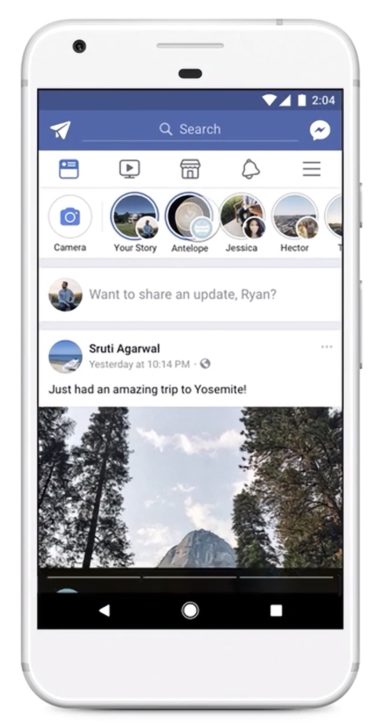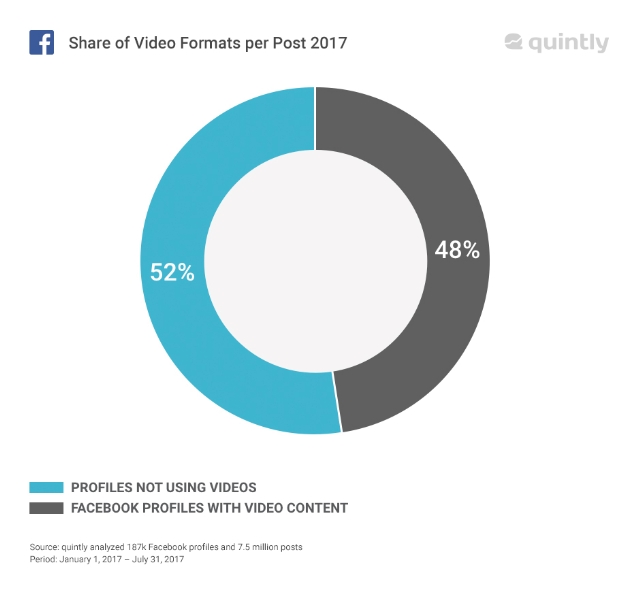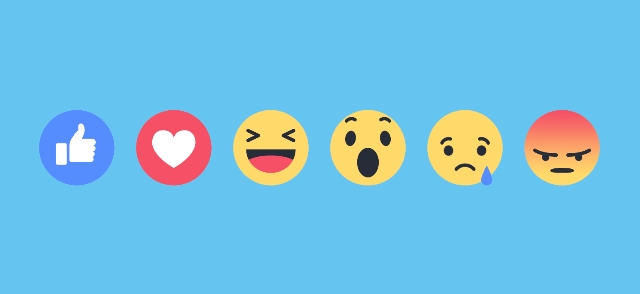
Facebook is running an extremely limited test letting just five publishers create and test responsive headlines, images, videos, and copy to see which versions of their posts perform better in real time.
The new tool allows the select few publishers to test up to four unique versions of any organic post, according to Digiday. It also allows these publishers to see data such as interactions and click-through rate, as well as predictions of these metrics as the ads roll out. This way, publishers can actively gauge which version of their content fares best.
While Facebook wasn’t willing to release specific data on the test yet, Facebook product manager Mollie Vandor said that more than half of the time, publishers wound up choosing a different version of the story than they had originally created.
The intention is to help boost organic performance for publishers in a time where organic reach and engagement continues to fall across the platform. According to BuzzFeed News, one of the publishers given access to the test, the tool does improve performance. However, it isn’t enough to mitigate Facebook’s ongoing demotion of organic reach.
“This comes as everyone’s traffic on Facebook has gone down a lot, so it’s good to be able to get the most out of our posts, but we’re still getting a lot less,” said BuzzFeed news deputy director, Fran Berkman.
As a Facebook rep told Marketing Land in a written statement:
Our goal with this test is to provide more visibility into how their organic content is performing on Facebook on a post by post basis. Also to enable publishers in the test to derive learnings and identify their own best practices over time. With this level of insight, publishers are better equipped to drive meaningful engagement around their content and have a stronger sense of control over how their content performs on Facebook.
Vandor echoed this sentiment, saying the tool “is a way to maximize how they pitch their content to people on Facebook.”
“Instead of us saying, ‘Here’s a list of universal best practices,’ we’re trying to give publishers the tools they can use to develop their own best practices.”
When asked if the tool would be available to other publishers and advertisers in the future, Vandor wouldn’t say anything decisively. She did, though, say the company is “actively exploring” expanding the tool to others once it is made easier and less resource-intensive to use.


